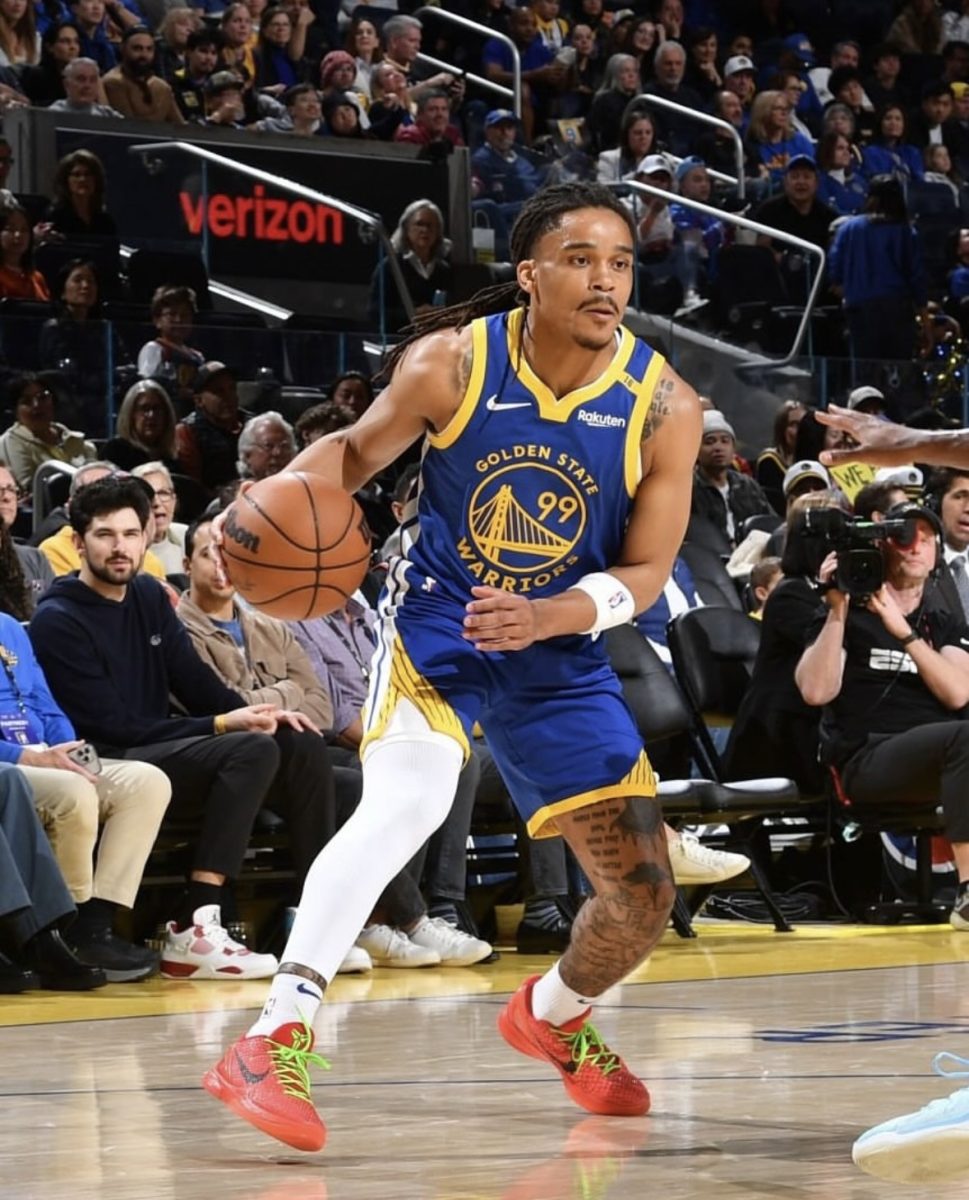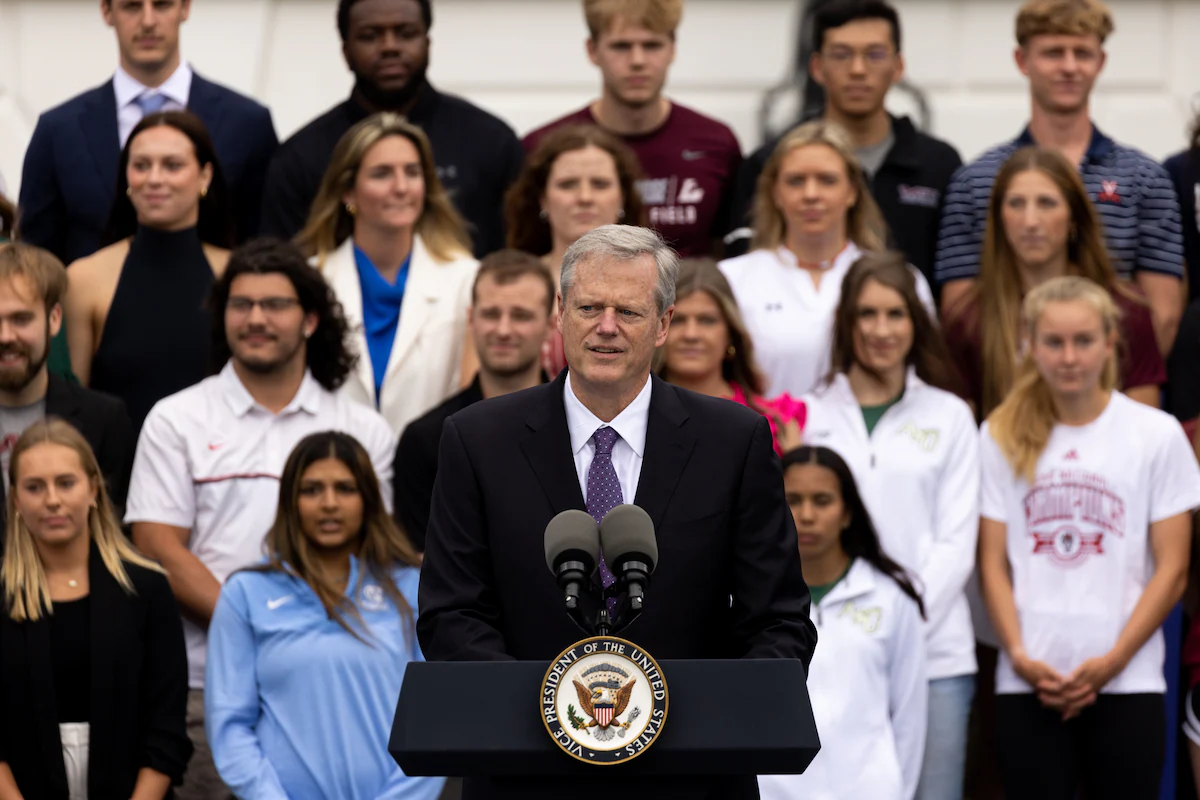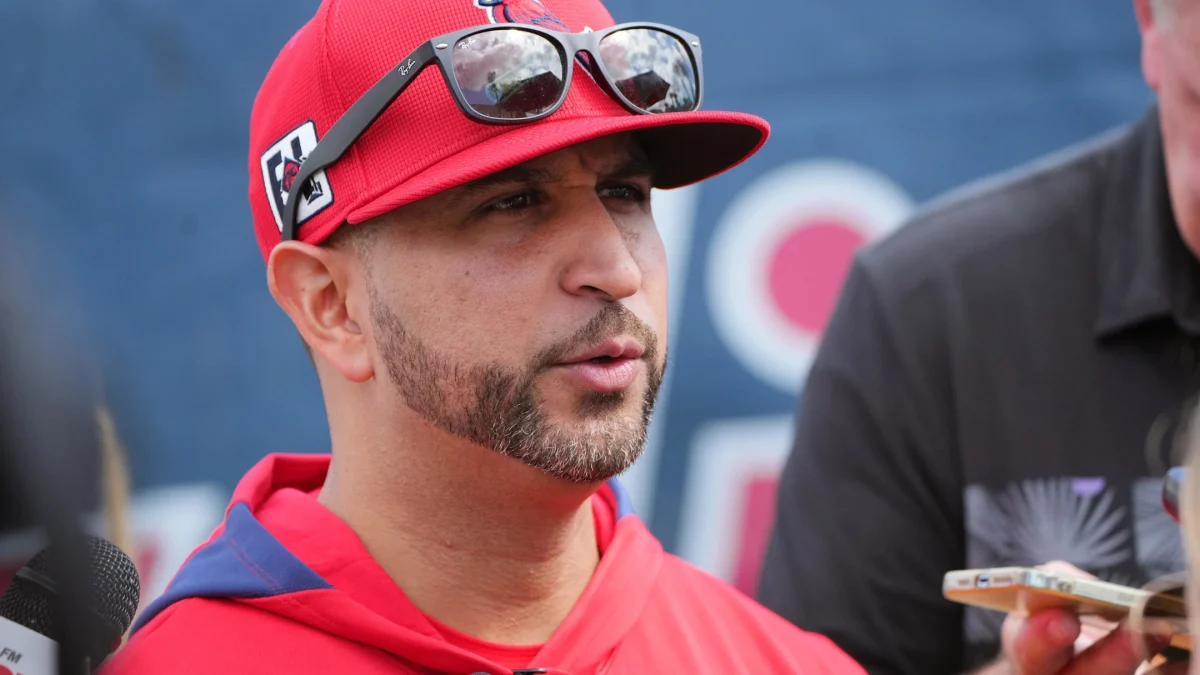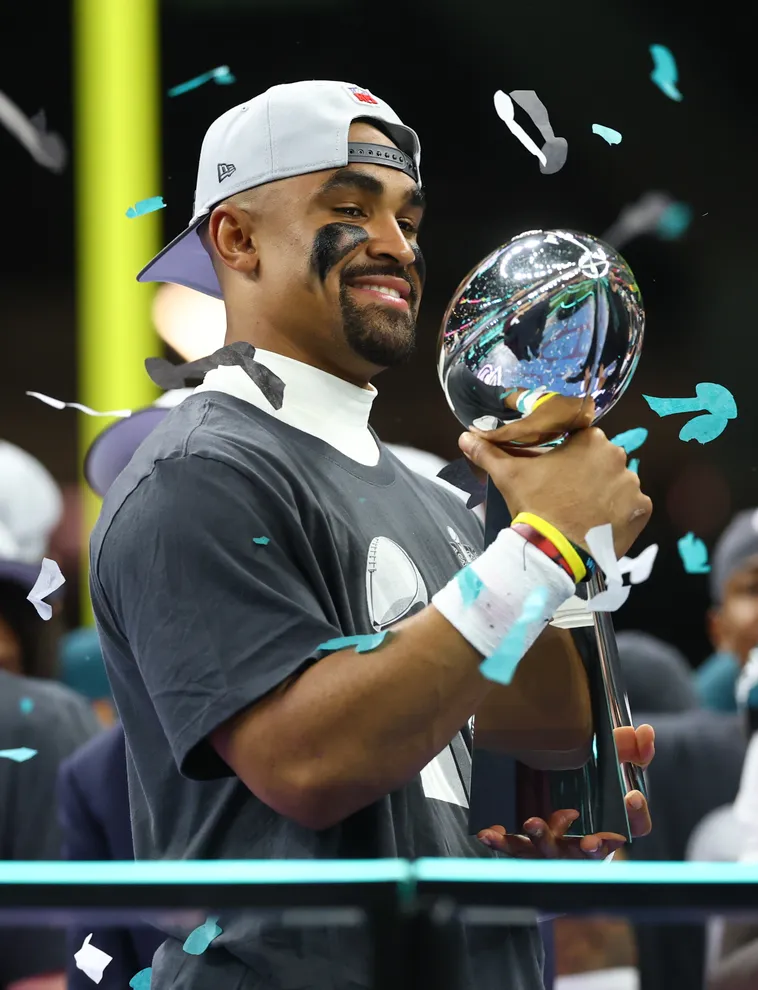“I can’t stand Barry Bonds.”
No doubt every soldier of St. Louis’ loyal legion of Cardinals fans spoke these words last October when the Red Birds were eliminated from the MLB playoffs by Bonds’ team, the San Francisco Giants .
Don’t be surprised if Bonds once again assumes the villain’s role here in the Gateway to the West en route to another World Series berth.
In case you were unaware, St. Louis’ Cinderella in Cleats, Albert Pujols, is battling Bonds in a two-man race for the Most Valuable Player Award in the National League.
Pujols, a former 13th-round draft pick for the Cards, ranks in the top three in the NL in all of the major offensive categories. Bonds does not. However, the MVP award is not given to the player with the best statistics. If that were true, Pujols would be a unanimous winner.
Historically, the AL/NL MVP awards have been given to a player on a playoff-caliber team whose contributions are vital to the success of his team.
This is the criterion that eliminates standouts like Todd Helton, Alex Rodriguez and Chone Figgins (kidding) from AL/NL MVP contention. This is also the criterion that will determine the tightness of the race.
There are a few things we must consider when we compare the seasons of these two juggernauts. First and foremost, Pujols’ chances of winning MVP decrease if the Cards fail to make the playoffs.
The Cards are currently knee-deep in the wildest pennant race in baseball. This is virtually a non-issue for Bonds, since his Giants posess a 12-game lead over the second-place L.A. Dodgers.
Next, we must consider supporting casts for both candidates.
As is true in any sport, a player’s teammates have a substantial role in determining his or her success (Ryan Leaf). Currently, The Birds are ranked no lower than sixth in every major offensive category. Clearly, St. Louis’ potent offense has added luster to Pujols’ stats. In contrast, the Giants’ offensive numbers are average even with Bonds’ bat. Barry and his coworkers are ranked no better than twelfth in the same categories.
It is also important to examine the performance of the candidate’s teams when they are without their stars. While Pujols has missed just five games this season, Bonds has missed 24.
Missing five games in a season is common, so we can’t use those games to prove Pujols’ value to his team. But one can draw legitimate conclusions from Barry Bonds missing almost one-fifth of the season.
With Bonds, San Fran is 72-38, which translates to a .655 win percentage. Without their leader, the Giants are 12-15, or a .444 win percentage. These numbers speak volumes.Let us not forget that pitchers are walking Barry like a cocker spaniel.
Bonds has drawn 118 bases on balls in 106 games played. It seems that most pitchers are eager to walk a man who is averaging one extra base hit for every four plate appearances.
Finally, we should look at when these men have played their best baseball. An MVP peaks late in the season, not in May or June. If trends continue, this could hurt Pujols the most. Pujols’ month-to-month stats show that his production has steadily and significantly declined since June. Not to say that his numbers are lackluster. In fact, they are far from it. But there are a lot of players out there with good numbers, but we still don’t call them MVP’s.
In sharp contrast, Bonds’ output has seen improvement in every month of the season. Bonds’ on-base percentage (.613) is a shocking 180 points better than Pujols’ (.432) since the All-Star break. Bonds’ batting average alone is .423 in that same span.
Will chastizing Barry Bonds become as common as deifying Mark McGwire or praising toasted ravioli here in St. Louis?
If trends continue, I say yes. But then again, I’m one of the few who likes the guy.









